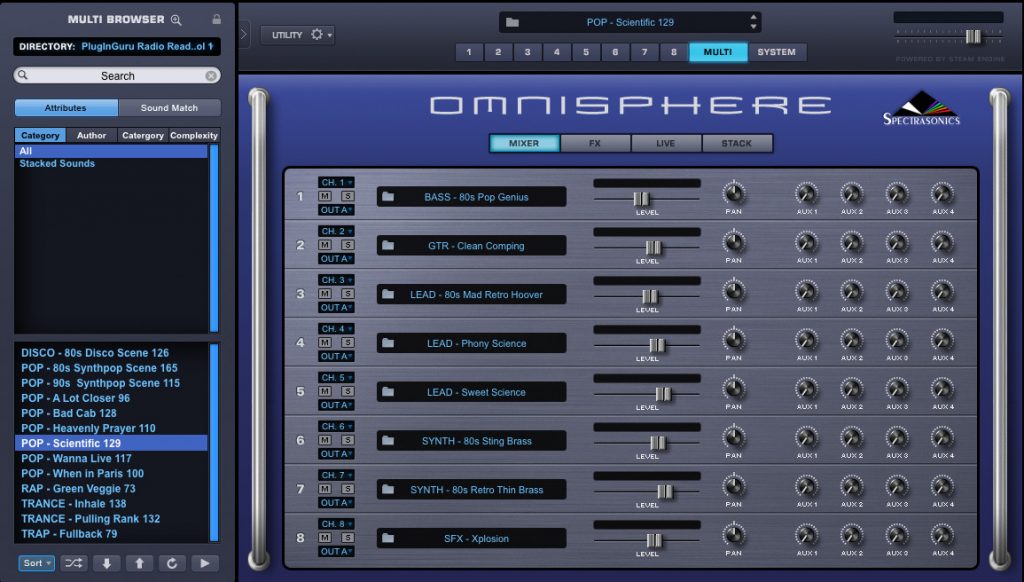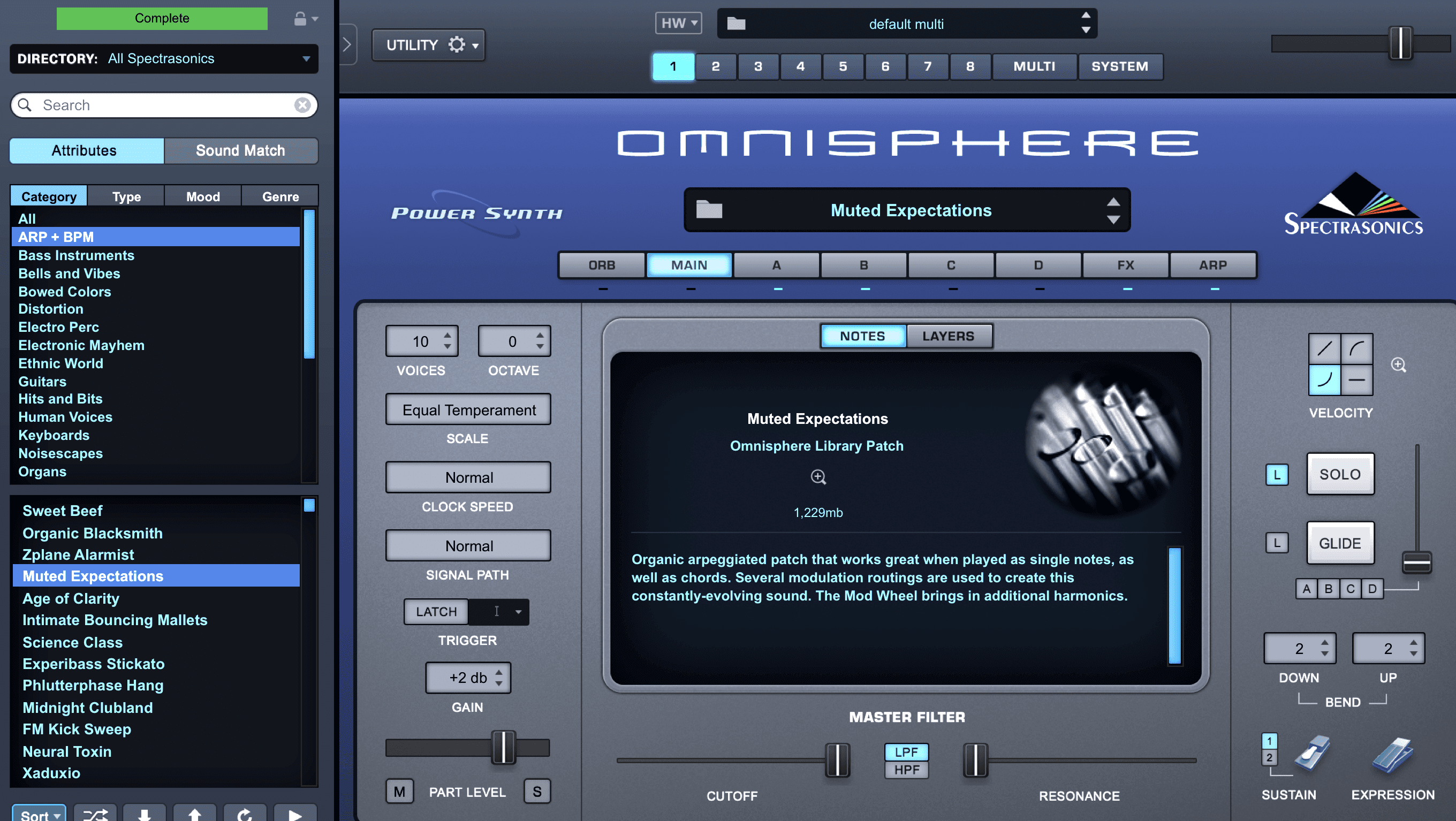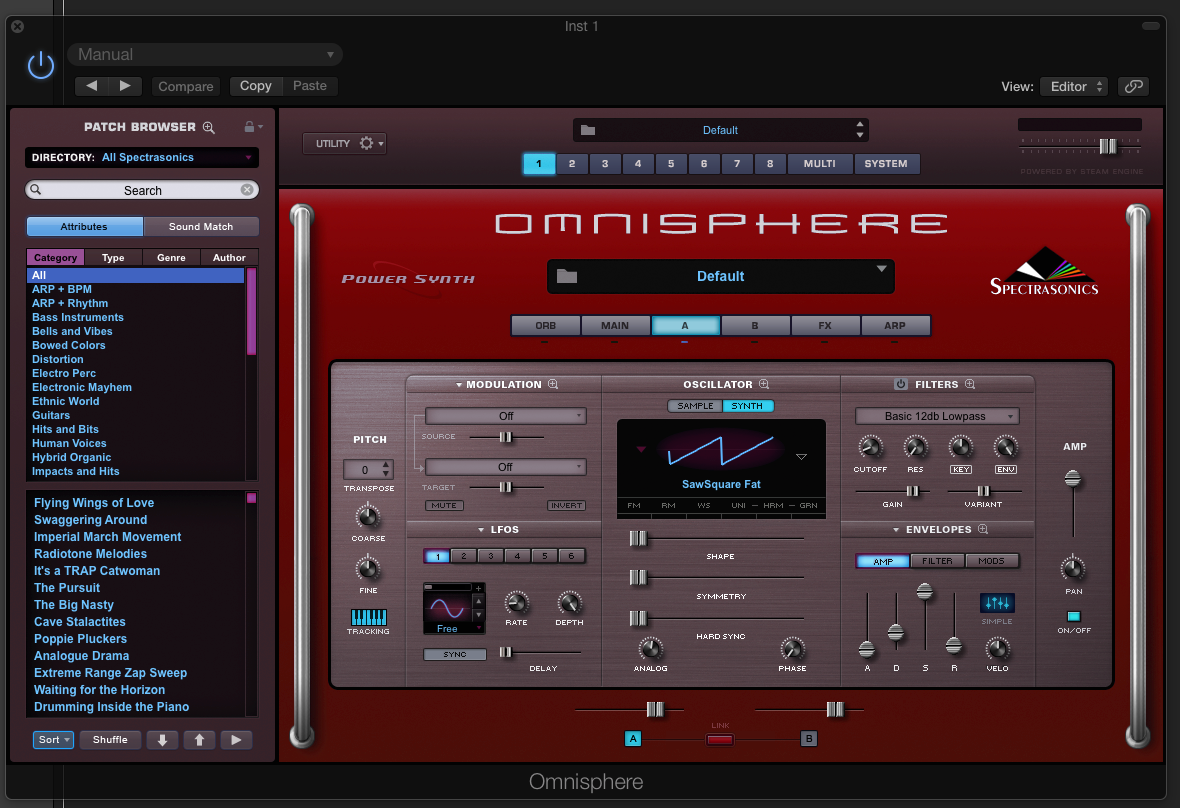

If no project exists at the path -projectPath gives, then the command line creates one automatically. If you don’t give a project name, then the command line uses the last project opened by Unity. It is advisable to use this command in conjunction with the -projectPath argument to ensure you are working with the correct project. The port is optional, and if not given it is assumed to be the standard one (10733). Commandįorce an update of the project in the Asset Server given by IP:port. This section describes the command line options available. You can run the Editor and built Unity games with additional commands and information on startup.

"C:\Program Files\Unity\Editor\Unity.exe" -batchmode -manualLicenseFile -logfileĬheck Manual Activation Guide for more details. On Windows, type the following into the Command Prompt: "C:\Program Files\Unity\Editor\Unity.exe" -batchmode -createManualActivationFile -logfile Applications/Unity/Unity.app/Contents/MacOS/Unity -batchmode -manualLicenseFile -logfile On macOS, type the following into the Terminal: /Applications/Unity/Unity.app/Contents/MacOS/Unity -batchmode -createManualActivationFile -logfile On Windows, type the following into the Command Prompt to return the license: "C:\Program Files\Unity\Editor\Unity.exe" -quit -batchmode -returnlicenseĬreate activation file and import license file by command On macOS, type the following into the Terminal to return the license: /Applications/Unity/Unity.app/Contents/MacOS/Unity -quit -batchmode -returnlicense Returning the license to the license server On Windows, type the following into the Command Prompt to silently launch Unity: "C:\Program Files\Unity\Editor\Unity.exe" -quit -batchmode -serial SB-XXXX-XXXX-XXXX-XXXX-XXXX -username -password "MyPassw0rd" Note: When activating via the command line using continuous integration (CI) tools like Jenkins, add the -nographics flag to prevent a WindowServer error. On macOS, type the following into the Terminal to silently launch Unity: /Applications/Unity/Unity.app/Contents/MacOS/Unity -quit -batchmode -serial SB-XXXX-XXXX-XXXX-XXXX-XXXX -username -password 'MyPassw0rd' Note: Use the same method to launch standalone Unity games. When you launch it like this, Unity receives commands and information on startup, which can be very useful for test suites, automated builds and other production tasks. On Windows, type the following into the Command Prompt to launch Unity: C:\Program Files\Unity\Editor\Unity.exe On macOS, type the following into the Terminal to launch Unity: /Applications/Unity/Unity.app/Contents/MacOS/Unity


You can run Unity from the command line (from the macOS Terminal or the Windows Command Prompt).


 0 kommentar(er)
0 kommentar(er)
